
RF & Microwave Blog
-
PCB Sample To Show
Posted by
–
 Read more: PCB Sample To Show
Read more: PCB Sample To ShowWhat is a PCB Sample? A PCB (Printed Circuit Board) sample is a prototype or a small batch of PCBs that are manufactured to test and verify the design before mass production. PCB samples are essential in the electronics industry as they allow engineers and designers to physically inspect the […]
-
Through hole Assembly
Posted by
–
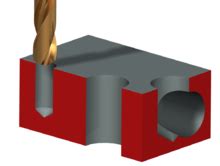 Read more: Through hole Assembly
Read more: Through hole AssemblyWhat is Through-Hole Assembly? Through-hole assembly, also known as through-hole technology (THT), is a method of mounting electronic components onto a printed circuit board (PCB) by inserting the component leads through drilled holes on the board and soldering them onto the opposite side. This technology has been widely used in […]
-
What Are Commonly Used Components on PCBs
Posted by
–
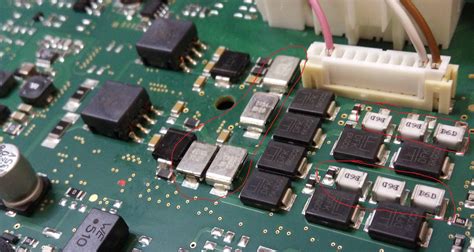 Read more: What Are Commonly Used Components on PCBs
Read more: What Are Commonly Used Components on PCBsIntroduction to PCB Components Printed Circuit Boards (PCBs) are the backbone of modern electronics. They are used in almost every electronic device, from smartphones and laptops to industrial machinery and medical equipment. PCBs are made up of various components that work together to perform specific functions. In this article, we […]
-
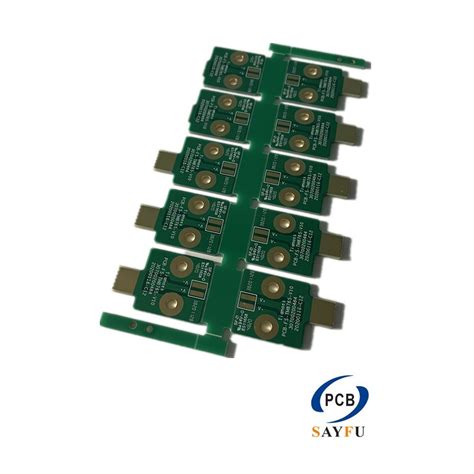 Read more: Goldfinger gold plated PCB board quality issues and measures
Read more: Goldfinger gold plated PCB board quality issues and measuresIntroduction to Goldfinger PCB Goldfinger PCB, also known as gold plated printed circuit boards, are widely used in various industries due to their superior electrical conductivity, excellent corrosion resistance, and high reliability. These PCBs are manufactured by depositing a thin layer of gold on the copper traces and pads of […]
-
SMT Assembly capabilities
Posted by
–
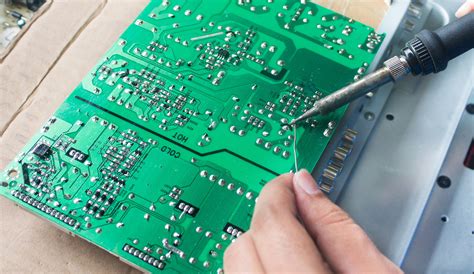 Read more: SMT Assembly capabilities
Read more: SMT Assembly capabilitiesIntroduction to SMT Assembly Surface Mount Technology (SMT) assembly is a modern manufacturing process used to produce electronic circuits by mounting components directly onto the surface of a printed circuit board (PCB). This technology has revolutionized the electronics industry, enabling the production of smaller, faster, and more reliable electronic devices. […]
-
What is heavy copper PCB
Posted by
–
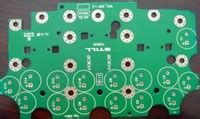 Read more: What is heavy copper PCB
Read more: What is heavy copper PCBIntroduction to Heavy Copper PCB Heavy copper PCB, also known as thick copper PCB or high current PCB, is a type of printed circuit board that uses thicker copper traces than standard PCBs. These boards are designed to handle higher currents and power levels, making them ideal for applications that […]
-
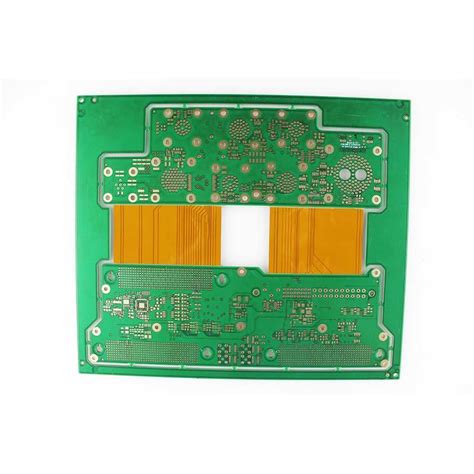 Read more: Highlighted Capability about Flex Rigid Flex PCB in RAYPCB
Read more: Highlighted Capability about Flex Rigid Flex PCB in RAYPCBIntroduction to Flex-Rigid PCB Flex-Rigid PCBs, also known as flexible-rigid printed circuit boards, are a unique combination of rigid and flexible substrates laminated together to form a single board. This innovative technology offers numerous advantages over traditional rigid PCBs, including increased design flexibility, improved reliability, and reduced overall package size […]
-
What is PCB File
Posted by
–
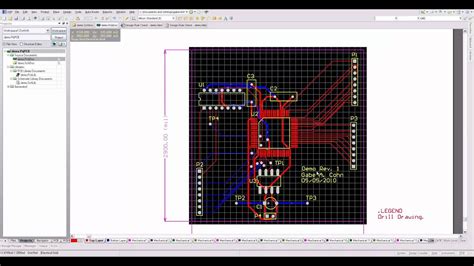 Read more: What is PCB File
Read more: What is PCB FileIntroduction to PCB Files A PCB file, short for Printed Circuit Board file, is a digital file format used in the design and manufacturing of electronic circuits. These files contain all the necessary information required to fabricate a physical PCB, including the layout of copper traces, component placement, drill holes, […]
-
Tenting vias plugged vias and via in pad
Posted by
–
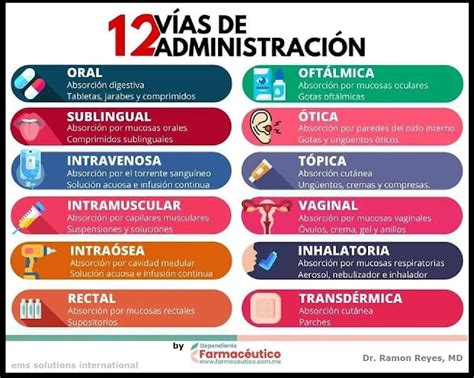 Read more: Tenting vias plugged vias and via in pad
Read more: Tenting vias plugged vias and via in padIntroduction to Vias In the world of printed circuit board (PCB) design and manufacturing, vias play a crucial role in interconnecting different layers of a multi-layer PCB. Vias are essentially small holes drilled through the PCB layers, which are then plated with a conductive material, typically copper, to create electrical […]
-
What is IC programming in PCB assembly
Posted by
–
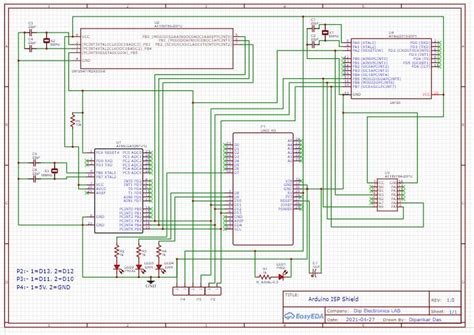 Read more: What is IC programming in PCB assembly
Read more: What is IC programming in PCB assemblyTable of Contents Introduction to IC Programming Types of ICs that Require Programming IC Programming Methods Benefits of IC Programming in PCB Assembly Challenges in IC Programming IC Programming Tools and Equipment IC Programming File Formats IC Programming Service Providers Frequently Asked Questions (FAQ) Conclusion Request PCB Manufacturing & Assembly […]
Recent Posts
- How to Select Material for Your PCBs from Cost and Reliability Considerations
- Problems of EMC Technology Application in PCB Design of Electronic Devices and the Strategies
- Fabrication Technology on Flex-Rigid PCB Window
- Problems of High-Frequency and High-Speed Multilayer PCB Fabrication and Their Solutions
- Key Difficulties and Tips for Backplane PCB Fabrication